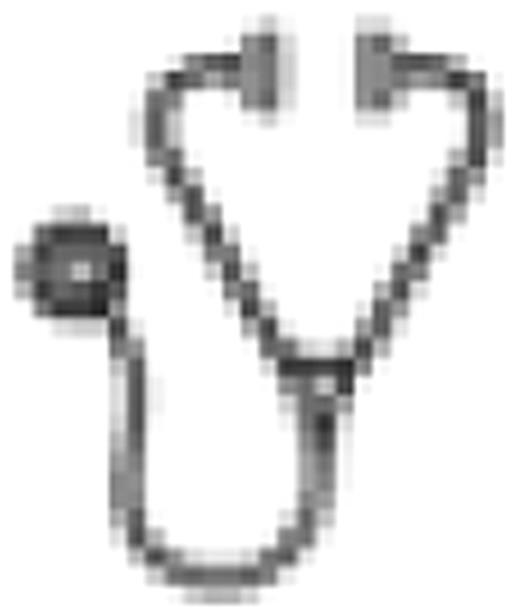Abstract
Abstract 517
Heavily transfused and alloimmunized patients with bone marrow failure syndromes including aplastic anemia have an increased risk of graft rejection following conventional allogeneic bone marrow transplantation. Results from pilot trials suggest the addition of fludarabine to the conditioning regimen reduces the risk of graft rejection in patients at high risk for this complication. Here we report the results of a fludarabine-based transplant approach in 56 patients with severe aplastic anemia (SAA) or other bone marrow failure syndromes (SAA n=31, MDS-RA n=6, PNH n=16, PRCA n=2, DBA n=1) who were transplanted from May 1999 to November 2008 at the NHLBI. Forty one percent of patients were found to be alloimmunized (median 82% PRA) prior to transplantation as a consequence of prior transfusions. Seventy three percent of patients had received antibody-based immunesuppressive therapy at a median of 303 days (range 21 to 2588) prior to transplantation (horse-ATG n=34, rabbit-ATG n=5, alemtuzumab n=1 and daclizumab n=1). Conditioning with fludarabine (25 mg/m2 × 5 days), ATG (40mg/kg × 4 days) and cyclophosphamide (60mg/kg × 2 days) was followed by infusion of an un-manipulated G-CSF mobilized allograft from an HLA matched (n=52) or single antigen mismatched (n=4) relative. GVHD prophylaxis consisted of cyclosporine (CSA) either alone (n=2) or combined with mycophenolate mofetil (n=10) or mini-dose methotrexate (n=44). The median CD34+ cell dose was 6.6 × 106 cells/kg (range 1.7 to 21.1 × 106 cells/kg) and the median CD3+ cell dose was 2.6 × 108 cells/kg (range 0.5 to 6.9 x108 cells/kg). Nearly half (46 %) of patients received an ABO incompatible allograft (major mismatch n=15; minor mismatch n=11). Despite a high prevalence of pre-transplant alloimmunization, graft rejection and/or graft failure did not occur, with all patients achieving sustained donor engraftment in both myeloid and T-cell lineages. The median time to achievement of full donor (>= 95%) myeloid and T-cell chimerism was 15 and 30 days respectively. Neutrophil and platelet recovery occurred at a median 15 (range 6 to 24) and 12 (range 5 to 168) days respectively. Major ABO incompatibility was associated with delayed donor erythropoiesis; reticulocyte recovery (> 60 K/μ L on two occasions) occurred at a median 17 days in those without major ABO incompatibility and 42 days in the recipients of a major ABO mismatched graft, where clearance anti-donor isohemagglutinins was delayed a median 171 days following transplantation. CMV reactivation occurred in 31/50 (62%) patients at risk although no patients died from CMV related mortality. With a median follow-up of 4.5 years (range 1.8–11 years) in surviving patients, overall survival was 87.1%. There were 5 treatment related deaths with two attributable to steroid refractory acute GVHD and one attributable to extensive chronic GVHD. The cumulative incidence of Grade II-IV, III-IV and steroid refractory acute GVHD was 51.8%, 30.4% and 21.4% respectively. The cumulative incidence of chronic GVHD was 72% (23.2% limited and 48.9% extensive), with 42.5% who developed cGVHD having resolution of symptoms allowing discontinuation of systemic immunosuppressive therapy. Conclusion: Fludarabine-based allogeneic peripheral blood stem cell transplantation achieves excellent donor engraftment and long-term disease free survival in heavily transfused and alloimmunized patients with ATG refractory SAA and other nonmalignant hematological disorders associated with bone marrow failure. Efforts to reduce the high incidence of GVHD associated with this approach without increasing the risk of graft failure by manipulating the cellular content of the allograft are currently being explored.
No relevant conflicts of interest to declare.

This icon denotes an abstract that is clinically relevant.
Author notes
Asterisk with author names denotes non-ASH members.

This feature is available to Subscribers Only
Sign In or Create an Account Close Modal